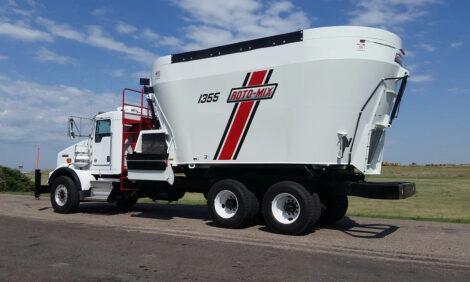



How Do We Mitigate Climate Change in Cattle?
GLOBAL - Reducing beef’s environmental impact could hinge on the cattle industry rearing stock in less 'land-demanding' systems, a new study says.A Proceedings of the National Academy of Sciences of the USA paper has highlighted the importance of a Brazilian policy – the low-carbon agriculture programme – on addressing deforestation and forest degradation.
By altering the systems used to rear livestock, livestock emissions could be reduced by 736 million metric tons equivalent of CO2 per year, according to the study.
The lion’s share of this could be achieved through the ‘avoided emissions’ of the conversion of 162 Million hectares of natural land.
Defining ruminant production on feed composition, the study classifies systems on a sliding scale, moving from grass-based diets and grazing to increasing shares of concentrates in mixed crop-livestock and ‘landless’ systems.
The paper’s message is that ‘mitigation policies are most effective when they target land-use change’.
Providing markets and services allow and policy is ‘favourable’, alterations in land use or Livestock Production System Transitions (LPSTs) could contribute to a fifth of total emissions abatement.
Further reductions could come from reallocating land use regionally and internationally, which would work through providing ‘more productive land to animals’ and reducing ‘the carbon footprint from grassland and feed cropland expansion’.
The paper called on international cooperation to achieve this.
For cattle sustainability consultant, Dr Jude Capper, there are two key ways to work towards reducing land use per unit of beef produced.
She told TheBeefSite that moving towards housing systems is part of the solution, as is lifting productivity – one calf per cow per year.
“Improving productivity means getting closer to one calf per cow per year than 90 per cent in the USA or 60 per cent in a number of regions,” said Dr Capper.
“This can be achieved through targets which include; improving weaning and finishing weight; and improving overall growth rate.”
As a guideline, this is ‘the most appropriate’ as it can be applied to any system, regardless of size or philosophy, she added.
“Changing from a pasture-based to a housed system would also reduce land use per unit of beef,” Dr Capper added.
“But although more efficient and thus reducing environmental impact, it wouldn’t necessarily be economically or socially sustainable for every region.”
Michael Priestley
News Team - Editor
Mainly production and market stories on ruminants sector. Works closely with sustainability consultants at FAI Farms



